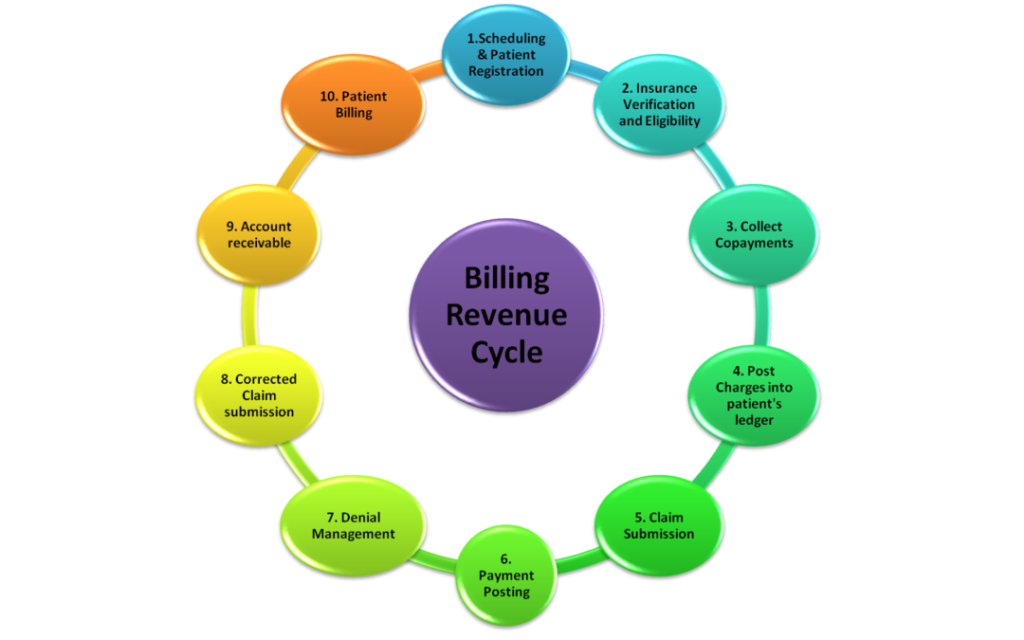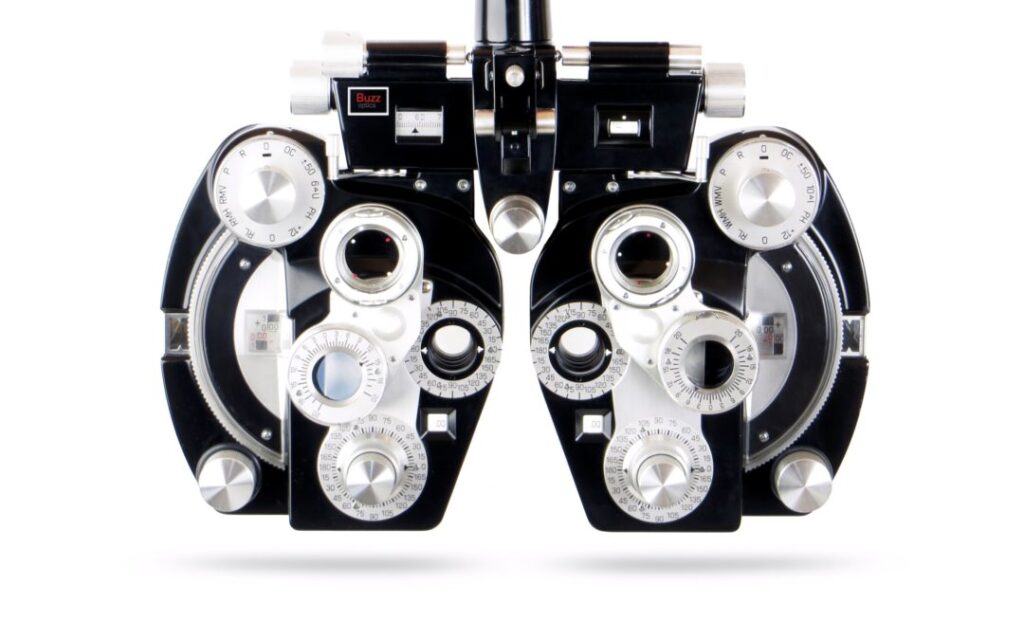How To Calculate Capture Rate – CEO of YOU®

Your office’s capture rates compare the number of patients who receive services and the number of patients who invest in the solutions prescribed to determine the effectiveness of your sales process. It’s important to know the industry norms and then compare your practice numbers to those norms.
Here’s how to calculate the capture rate for eyeglasses:
Calculate the average number of refractions performed per day in your office.
Calculate the average number of eyeglasses sold per day in your office.
Calculate the number of eyeglasses sold per refraction per day in your office.
Calculate the percent of eyeglasses sold per refraction per day in your office.
- Example:
- # of Refractions Per Day: You performed 240 refractions for the month of July. Your office was open for 22 days in the month of July. The average # of refractions/day = 240 ÷ 22 =10.9 or 11 per day for the month of July.
- # of Eyeglasses Sold Per Day: You sold 149 pairs of glasses for the month of July. Since your office was open 22 days for the month of July, the average # of eyeglasses sold/day =149 ÷ 22 =6.7 or 7 per day for the month of July.
- # of Eyewear Sold Per Refraction Per Day: So far we know that on average for the month of July, you performed 11 refractions per day and sold 7 eyeglasses per day. The # of eyeglasses sold/refraction per day = 7 ÷ 11= .636 eyewear sold for every refraction performed.
- % Eyewear Sold Per Refraction Per Day: (7 ÷ 11) x 100 = 63.6%. Your eyeglasses capture rate for the month of July is 63.6%. Whether this is a good rate or not depends on your practice goals, practice norms, and industry norms. Click HERE for 2018 MBA industry norms.
- Example:
You can use the example above to calculate many different capture rates in your office including, screening tests capture rates, specialty services capture rate, auxiliary sales capture rate, etc.
Here’s how to calculate the capture rate for contact lenses sales:
Calculate the number of contact lens exams performed per day in your office.
Calculate the number of patients who purchased contact lenses per day in your office.
Calculate the percent of patients who purchased contact lenses per day in your office.
- Example:
- # of Contact Lens Exams Per Day: You performed 82 contact lens exams for the month of July. Your office was open for 22 days in the month of July. The average # of contact lens exams /day = 82 ÷ 22 =3.7 or 4 per day for the month of July.
- # of Patients Who Purchased Contacts Per Day: This is not looking at the number of boxes of contacts you sell per day, but the number of patients who buy contact from your office per day. Since 49 patients bought contacts from your office for the month of July, the # of patients who purchased contact/day = 49 ÷ 22 =2.2 or 2 per day for the months of July.
- % of Patients Who Purchased Contacts From Your Office: (2.2 ÷ 3.7) x 100 = 60.1%. Your contact lens sale capture rate for the month of July is 60.1%. Again, whether this is a good rate or not depends on your practice goals, practice norms, and industry norms.
- Example:
You can use the example above to calculate many different capture rates in your office including annual contact lens capture rates – the percentage of patients who purchase an annual supply of contact lenses. To calculate this capture rate, divide the number of patients who bought an annual supply by the total number of patients who bought contact lenses for the same period of time.
Here’s how to calculate the retail price point for your best selling frame:
Divide your frame inventory into 3-5 retail price points.
- Determine which frame line in your office is your best-selling line based on the numbers sold.
Determine the price point of the best-selling frame line.
- Example:
- Identify Optical Price Points Categories:
- Economy – Under $250
- Trendy – $251-$399
- Designer – Over $399
- Determine Best Selling Frame Line: Look over all the frames sold over the past month and see which line sold the most.
- Determine The Retail Price Point of Your Best-Selling Frame Line: If your best-selling frame line is $279, then based on the categories listed above, the price point for your best-selling line will be in the trendy category – $251-$399.
- Whether this is a good number or not depends on your practice goals and norms.
- Identify Optical Price Points Categories:
- Example:
Tracking your capture rates will allow you to see performance patterns in your practice. When you track your numbers, you will see the truth as it is not as you wish to see it, because numbers don’t lie. Understanding the story behind your numbers is powerful. It’s powerful because it will put the wheel that drives your practice in your hands and not in the hands of chance or wish.
If you’re reading this and you’re thinking- “this all sounds great, but I don’t know where to start.” First, know that you are not alone. There are many others out there who feel exactly the way you do.
If you’d like help, click HERE to contact us. We look forward to hearing from you and to helping you Dream big, take risks and become the CEO of YOU!
[/et_pb_text][/et_pb_column][/et_pb_row][/et_pb_section]





Responses